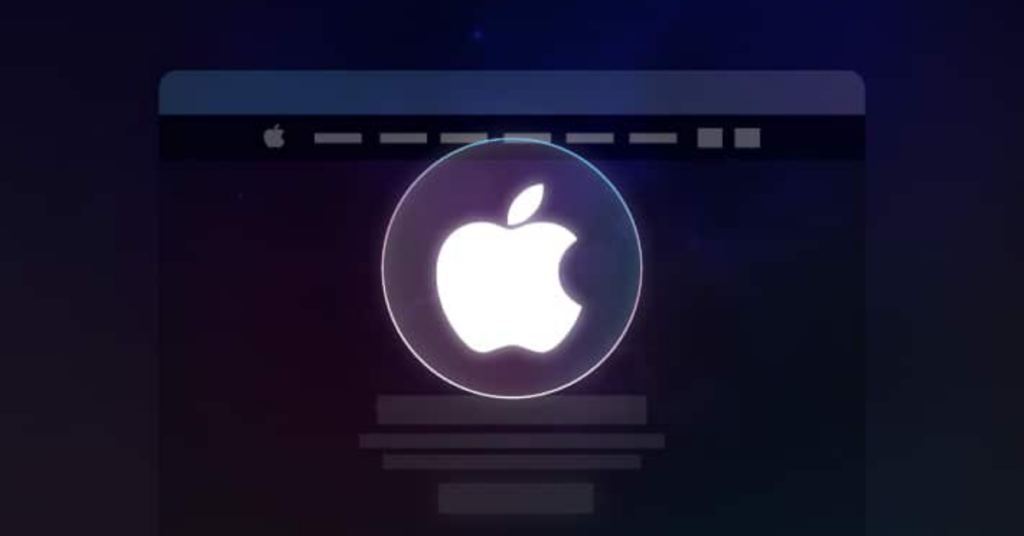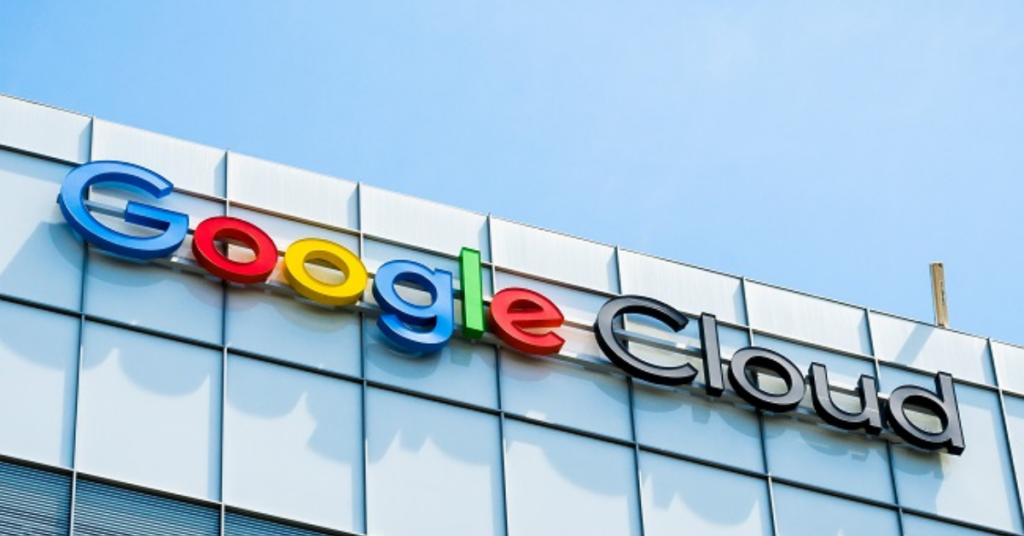The Crucial Significance of Maintaining Consistent Leadership in Driving Innovation
In the dynamic realm of technology and innovation, changes in leadership can be both disruptive and unavoidable. The recent changes at OpenAI are a clear indication of how rapidly circumstances can change for even the most promising ventures. As leaders in medium-sized enterprises, there are valuable insights to be gained from this prominent case.
Let’s get straight to the point: the continuity of leadership is crucial. It plays a crucial role in ensuring ongoing innovation and stability in the market. When leadership transitions occur in the middle of a journey, it’s not only the crew that experiences the impact – the entire industry pays attention. The current situation at OpenAI serves as a reminder of the importance of establishing strong foundations that can withstand future challenges.
Enhancing Leadership Pipelines and Building Organizational Resilience
So, what’s the key lesson for leaders in our position? First and foremost, it’s important to closely examine our own leadership pipelines. Are we promoting a culture of knowledge sharing, or are we unintentionally isolating information? The objective is not solely to establish a succession plan; rather, it is to foster a resilient leadership culture that can adapt to change.
Think about this: when a crucial member leaves, does your organization experience any setbacks, or does it continue to progress smoothly? If the idea makes you uncomfortable, it’s a good opportunity for self-reflection. Strong leadership structures are not developed overnight, but they are crucial for sustaining progress, particularly in industries that thrive on innovation.
The Importance of Collaborations and Innovation During Transitions in Leadership
Now, let’s discuss the exciting opportunities for collaboration and strategic positioning in the market. The recent changes in OpenAI’s leadership have caused a stir among its network of partners and rivals. For us, this highlights the significance of fostering strong relationships that go beyond any one person in a leadership position. It is important to establish institutionalized partnerships rather than relying on personal connections. If your key partnerships rely heavily on one specific connection, you’re treading on precarious ground.
Product development is another area that can be greatly affected by changes in leadership. OpenAI’s roadmap may undergo changes in priority or direction. For our businesses, it is crucial to have well-defined and documented strategies that can withstand the test of time, regardless of any individual’s vision. It’s all about fostering a collective vision that each team member can clearly express and strive for, regardless of who is leading the way.
Embracing Change and Building Resilient Organisations
But let’s not misunderstand – change isn’t inherently negative. Embracing new perspectives can invigorate and revitalize outdated processes. The crucial aspect is effectively managing that change to ensure it generates enthusiasm rather than causing disruption. This is where a robust company culture becomes crucial. When an organization’s values and mission are deeply ingrained, they serve as a guiding light during periods of change.
Here’s a harsh reality: if a company cannot thrive without its leader, it is not truly a business but rather a dependency on one individual. As leaders, our ultimate objective should be to render ourselves unnecessary. Unconventional? Maybe. However, it is a true testament to effective leadership when we are able to establish systems and teams that can flourish independently.
Practical Steps to Strengthen Leadership Resilience
So, what’s the next step in implementing this? Begin by expanding the composition of your management team. Promote collaborative projects that foster a comprehensive understanding across your entire organization. Establish mentorship programs to safeguard the transfer of knowledge and prevent its loss due to individual departures. And please, make sure to thoroughly document your processes. Relying on undocumented knowledge can be a risk, rather than a benefit.
Final Thoughts: Getting Ready for Changes in Leadership
Keep in mind, the objective is not to remain stagnant. In the tech industry, that can be quite challenging. Our goal is to be prepared for any changes that come our way. Create a work environment that is flexible and adaptable, yet resilient and steadfast in the face of challenges.
As we observe the OpenAI saga unfold, let’s not merely be spectators – let’s take this opportunity to gain knowledge. Every twist and turn in their narrative presents a chance for us to strengthen our own core. In the realm of business, success lies in constructing resilient vessels that can navigate through any storm, rather than simply trying to avoid them.
Transitioning leadership goes beyond simply updating titles on an organizational chart. There are tests that can gauge the resilience of an organization. As leaders, it is our responsibility to ensure that our companies not only pass these tests, but excel in them. Ultimately, genuine innovation goes beyond the products we develop. It revolves around establishing organizations that can consistently provide value, regardless of who is in charge.




